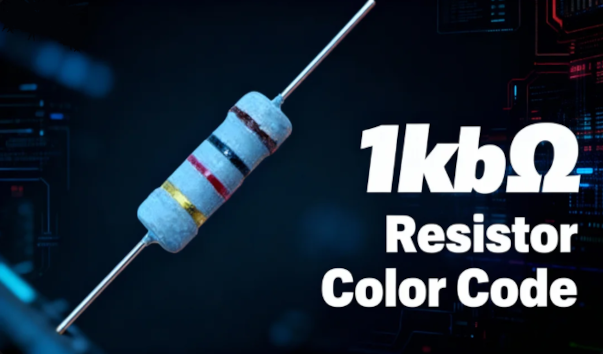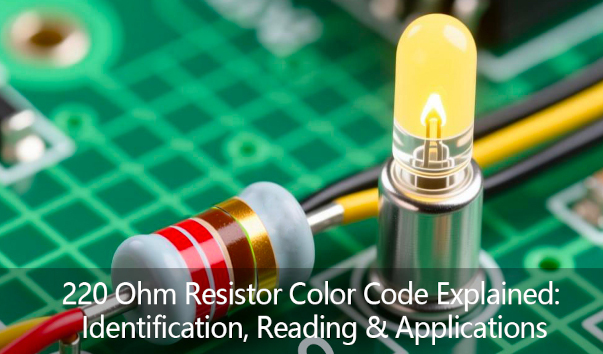The Role of Programmable Logic Devices - PLDs in Modern Electronics Design
Introduction
In the rapidly advancing field of electronics, Programmable Logic Devices - PLDs have become essential components that empower designers to create versatile and efficient systems. These devices offer unparalleled flexibility, allowing engineers to adapt designs to meet specific requirements quickly. As industries demand more customized solutions, understanding the role and functionality of PLDs is vital for engineers and developers alike. This comprehensive guide explores the fundamentals of PLDs, their various types, applications, key manufacturers, and future trends shaping the industry.
What are PLDs?
Programmable Logic Devices - PLDs are semiconductor devices that can be programmed to perform a wide range of logic functions. Unlike fixed-function devices, such as standard logic gates or microcontrollers, PLDs provide unique flexibility, enabling designers to configure them according to specific application needs. This adaptability is crucial in modern electronics, where the demand for customized and scalable solutions continues to grow.
The Importance of PLDs in Modern Electronics Design
PLDs play a significant role in various industries by providing cost-effective and efficient ways to implement logic functions. They facilitate rapid prototyping and design iterations, allowing engineers to adapt to changing specifications and requirements quickly. Furthermore, PLDs can significantly reduce the number of discrete components in a design, simplifying the overall system architecture and reducing costs.In today’s landscape, where the integration of complex functionalities is essential, PLDs enable designers to create products that are not only innovative but also responsive to market demands. From consumer electronics to industrial automation, PLDs are at the heart of many cutting-edge technologies.
How PLDs Work
Internal Structure of PLDs
At their core, PLDs consist of several key components that facilitate their functionality:Logic Blocks: These are the fundamental building blocks of PLDs, where logic operations are performed. Each logic block can be configured to implement specific logic functions, such as AND, OR, or NOT. The design of these blocks can vary significantly across different PLD types.Interconnect Resources: These allow the various logic blocks to communicate with one another. The interconnects can be programmed to route signals between different logic blocks, enabling complex logic designs. The flexibility of interconnections is a key feature that distinguishes different types of PLDs.
Configuration Memory: This memory stores the configuration data that determines how the logic blocks and interconnects are set up. This data can be altered to suit different applications or requirements, providing a high level of adaptability.
Programming PLDs
Programming PLDs typically involves using hardware description languages (HDLs) such as VHDL (VHSIC Hardware Description Language) or Verilog. These languages allow designers to describe the desired functionality of the PLD at a high level, which can then be synthesized into the low-level configuration data required by the device.In addition to HDL programming, many PLDs also support graphical programming environments, enabling designers to create logic functions using visual representations, which can be particularly helpful for those new to digital design.
Configuration Methods
PLDs can be configured in two primary ways:Static Configuration: In this method, the PLD is programmed once during manufacturing or before use. The configuration remains unchanged until it is reprogrammed. Static configuration is common in applications where the logic does not need to change frequently.
Dynamic Configuration: This method allows the PLD to be reconfigured on-the-fly during operation. This flexibility is particularly beneficial in applications that require adaptability to changing conditions, such as adaptive control systems or complex signal processing.
Types of PLDs
PLDs come in several different types, each with unique characteristics and applications:
1. Programmable Logic Arrays (PLAs)
Definition: PLAs consist of a programmable AND gate array followed by a programmable OR gate array. This structure allows for maximum flexibility in implementing any logic function.Advantages: High flexibility in implementing complex logic functions, making them suitable for custom logic circuits.
Typical Applications: Used in custom logic circuits where specific logic functions need to be implemented, particularly in prototyping and low-volume production.
2. Programmable Array Logic (PAL)
Definition: PALs feature a fixed OR array with a programmable AND array. This structure simplifies design while offering decent flexibility.Advantages: Faster and simpler than PLAs, making them ideal for applications where speed is critical and design time needs to be minimized.
Typical Applications: Commonly used in simple combinational logic designs, such as decoding, multiplexing, and data routing.
3. Complex Programmable Logic Devices (CPLDs)
Definition: CPLDs integrate multiple PALs into a single chip, allowing for more complex logic designs while maintaining a manageable size.Advantages: Higher logic density and easier integration than individual PALs, providing a balance between complexity and performance.
Typical Applications: Frequently used in applications that require a moderate number of logic functions, such as interface control, signal processing, and system-level integration.
4. Field Programmable Gate Arrays - FPGAs
Definition: FPGAs consist of an array of programmable logic blocks and interconnects, providing the highest flexibility and capability for complex designs.Advantages: Can implement very complex designs and are reprogrammable multiple times, which makes them ideal for prototyping and production.Typical Applications: Widely used in telecommunications, automotive systems, medical devices, and advanced computing systems, where performance and flexibility are crucial.
Applications of PLDs
PLDs have found applications in numerous sectors, demonstrating their versatility and effectiveness:
1. Consumer Electronics
In consumer electronics, PLDs are utilized in devices such as smartphones, tablets, and smart home devices. Their ability to implement complex functionality while maintaining a small form factor makes them ideal for compact and multifunctional devices. For example, in smartphones, PLDs manage signal processing tasks and facilitate communications between various components.
2. Industrial Automation
PLDs are integral to industrial automation systems, including Programmable Logic Controllers (PLCs), motion control systems, and Human-Machine Interfaces (HMIs). Their reliability and configurability allow for precise control in manufacturing and production processes. For instance, PLDs can be programmed to handle specific tasks such as data acquisition from sensors or controlling motors with high precision.
3. Communications
In the communications sector, PLDs are employed in various equipment, such as routers, switches, and 5G base stations. Their ability to handle high-speed data processing and routing makes them essential for modern communication systems. PLDs enable efficient data handling, allowing for faster communication and more reliable connections in increasingly complex networks.
Major PLD Manufacturers
TEXAS INSTRUMENTS
Texas Instruments (TI) is a leading manufacturer of PLDs, focusing on low-power and high-performance solutions. Their products are widely used in automotive applications, where reliability and efficiency are paramount. TI’s PLDs are known for their advanced features, enabling designers to create innovative solutions that meet stringent industry standards, particularly in safety-critical systems.
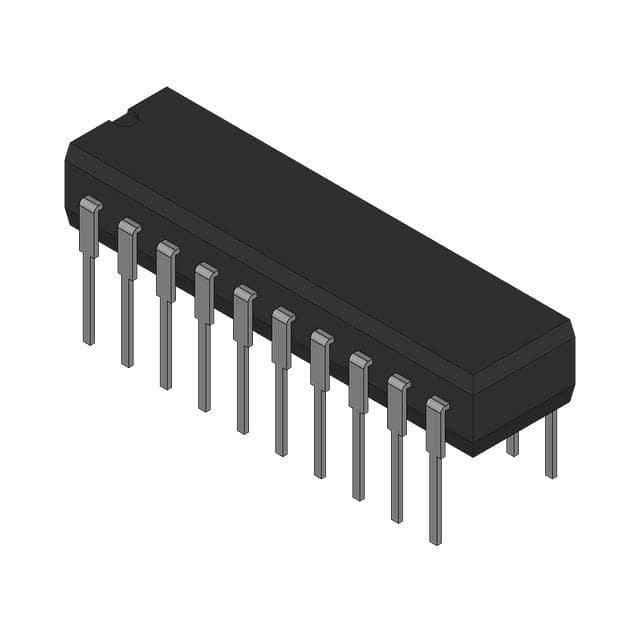
Figure 1: Texas Instruments
Microchip Technology
Microchip Technology has established itself as a key player in the PLD market, particularly in small and medium-sized devices. Their PLDs are recognized for their ease of use, making them accessible to engineers and developers at all levels. Microchip’s products come with extensive development tools and resources, simplifying the design process and accelerating time-to-market.
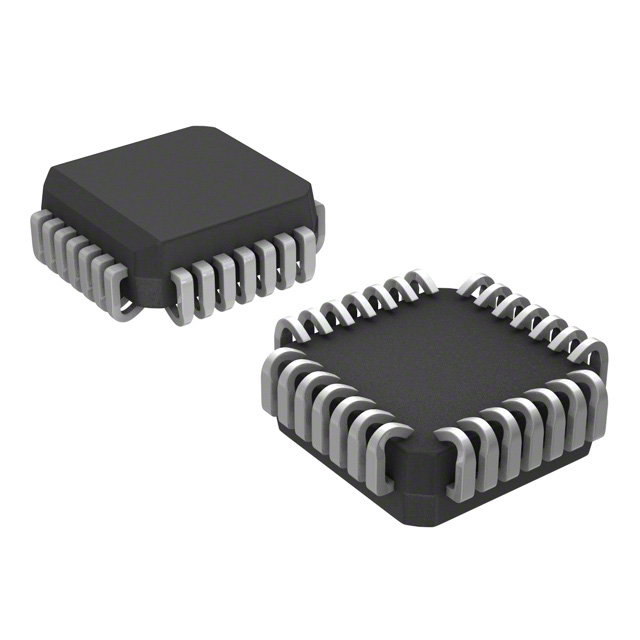
Lattice Semiconductor
Lattice Semiconductor specializes in low-power FPGAs and CPLDs, targeting applications in industrial control, video processing, and consumer electronics. Their competitive offerings in the mid-range FPGA market have made them a preferred choice for many designers. Lattice’s focus on efficiency and performance, combined with a strong commitment to customer support, positions them as a leading provider of programmable logic solutions.
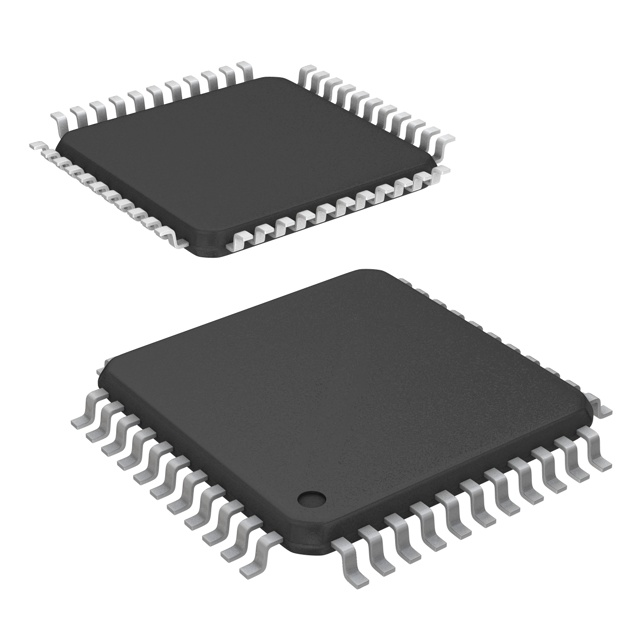
Figure 3: Lattice Semiconductor
Future Trends of PLDs
AI and PLDs
The integration of artificial intelligence (AI) into PLDs is a growing trend, with applications in machine learning and deep learning. As the demand for intelligent systems increases, PLDs will play a crucial role in enabling advanced algorithms and data processing capabilities. For instance, FPGAs are increasingly used in AI accelerators, providing the necessary parallel processing power to handle complex computations.
Cloud-Based Programming and Deployment
Cloud-based platforms are emerging as a means to program and deploy PLDs remotely. This approach simplifies the design process, allowing engineers to make updates and changes without the need for physical access to the devices. This flexibility enhances collaboration among distributed teams and accelerates development cycles.
Miniaturization and Low Power Consumption
As electronics continue to shrink in size, the demand for compact, low-power PLDs will grow. Manufacturers are focusing on developing smaller devices that consume less power while maintaining high performance, making them suitable for battery-operated applications. This trend aligns with the broader industry move towards energy-efficient designs.
Conclusion
Programmable Logic Devices - PLDs are vital components in modern electronics design, providing the flexibility, efficiency, and performance necessary for a wide range of applications. Their ability to adapt to various functions and requirements makes them indispensable in today's fast-paced technological landscape. As technology evolves, the importance of PLDs will only increase, making them essential tools for engineers and designers.For those looking to source high-quality PLDs, unikeyic Electronics is a trusted distributor that offers a variety of brands, including Texas Instruments, Microchip Technology, and Lattice Semiconductor. Explore their extensive inventory to find the right Programmable Logic Devices - PLDs for your projects and stay ahead in the rapidly advancing world of electronics.
FAQs about Programmable Logic Devices - PLDs
- What is a Programmable Logic Device?A Programmable Logic Device (PLD) is an electronic component that can be programmed to perform specific logical functions, allowing for flexibility in design.
- What are the different types of PLDs?The main types of PLDs include Programmable Logic Arrays (PLAs), Programmable Array Logic (PAL), Complex Programmable Logic Devices (CPLDs), and Field-Programmable Gate Arrays (FPGAs).
- What industries use PLDs?PLDs are used in various industries, including telecommunications, automotive, consumer electronics, and industrial automation.
- How do I choose the right PLD for my project?Consider factors such as logic density, I/O capabilities, programming methodology, speed, and power consumption when selecting a PLD.
- Where can I buy Programmable Logic Devices?Unikeyic Electronics is a reliable distributor offering a variety of Programmable Logic Devices from reputable brands like Texas Instruments, Microchip Technology, and Lattice Semiconductor.



